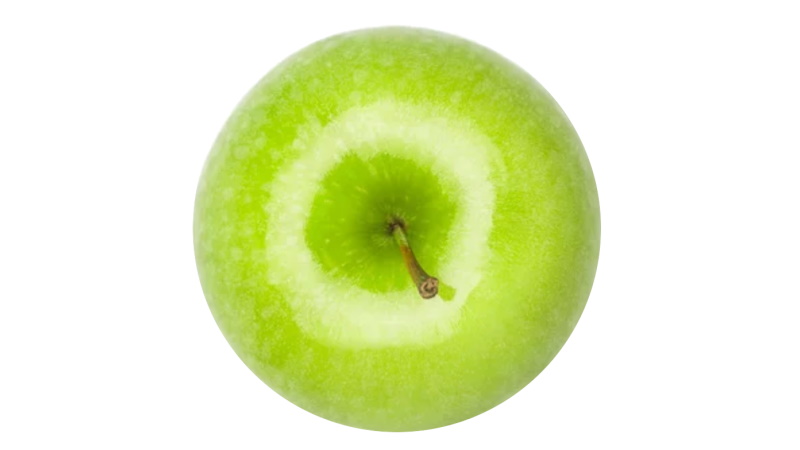Key Steps in Creating an Organic Systems Plan for Specialty Crops
Any successful venture begins with a written plan. So is the case with organic production. For growers interested in obtaining the USDA’s certified organic label, the crafting of an organic systems plan (OSP) is a critical initial step. We asked Danielle Treadwell, an Associate Professor with UF/IFAS, to explain some of the key considerations when preparing the document.
When developing an organic systems plan, what are some of the most often overlooked elements?
Treadwell: Farmers often express surprise and relief when they realize the degree of flexibility in plans. The National Organic Program is a public-private partnership, as requested by farmers, and therefore, plans can differ quite a bit from farm to farm.
Most producers can readily describe the soil and pest management practices required for a profitable crop. It is harder to predict and plan for unknowns, such as a severe pest outbreak, a hurricane, or a new pest; but contingency plans are required in an OSP. It is unreasonable, of course, to plan for every eventuality. No one has that kind of time. It is smart to have an emergency response plan in place, including documentation of any specific inputs you might need. If an action or input is not in the OSP, producers risk losing their certification. Because waiting for approval from the certification agency can be costly, it is much easier to have the OSP authorization in advance.
If a producer has a split operation, it is helpful to get guidance on practices such as how to sanitize equipment, including processing machinery efficiently, how to separate harvest tools, and how to manage storage with the resources the farmer has. Creative problem-solving skills come in handy here, and there are many solutions to the same problem. Recordkeeping is essential; all of these actions much be documented to ensure consumer trust.
If producers are planning on investing in any capital equipment or structures in advance of transitioning, they should ensure the additions would be approved in an OSP. For example, buffer areas are not a fixed amount. Generally, these requirements are decided on-site, relative to the surrounding landscape.
Who should folks consult to get assistance in developing their organic systems plan?
Treadwell: The most valuable resource is the organic certification agency that is selected by the producer. While they are not allowed to consult, they will offer advice on strategies to complete the plan. They will clarify what type of information they need to properly evaluate the operation for compliance.
Many service providers have experience with organic system planning and can advise in areas of their expertise. For example, in addition to Cooperative Extension (best suited to provide locally relevant recommendations and resources), National Resource Conservation Service, certified crop advisors, and even other producers are willing to assist. As a UF/IFAS State Extension Specialist, I have visited many farms over the years to educate producers about what an organic system might look like for their specific business. Other organizations such as Sustainable Agriculture Research and Education, ATTRA, and Rodale have online tools to help farmers draft their organic system plan. The Organic Center, Organic Farming Research Foundation, and the Organic Trade Association also have reliable and helpful online resources.
The learning curve can be steep, depending on your starting point. Finding places to purchase inputs can take time, too. Extension can be a big help there.
Beyond being among the first steps in getting organic certification, how can an OSP help growers?
Treadwell: The OSP is a roadmap that will guide decisions and practices. They say the best way to learn something is to teach it. When farmers write an OSP, they are teaching. They are communicating to the certification agency, and also to themselves, what they are doing and how it needs to be done — underlying the what and how is the why.
When I began working with organic producers after the national standards were finalized, there was a lot of bellyaching about the amount of paperwork required. Maintaining records of all inputs, dates, and descriptions of field operations, etc. was difficult for everyone — small and mid-sized operations in particular. But they did it. Years later, when food safety was that freight train everyone heard coming, the certified organic farmers were prepared to comply — they were already accustomed to systems thinking and recordkeeping.










